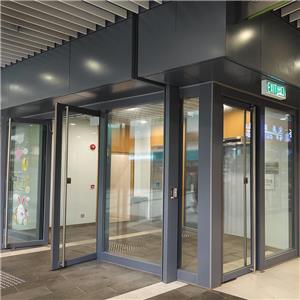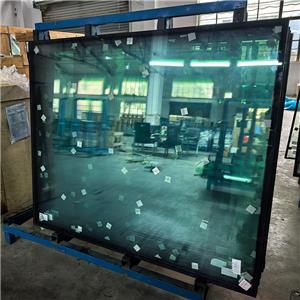How to calculate the thickness of fireproof glass?
Fire-resistant glass thickness calculation is governed by several factors, primarily related to the required fire resistance time and the type of performance standard. The thickness generally increases with the desired level of protection. Fire Resistance Rating (FRR): The first step is understanding the fire resistance requirement, which is denoted by codes like EI30, EI60, or EI120. A higher number indicates a longer duration of protection against heat and flames. Standard Test Conditions: Fire-resistant glass undergoes standardized tests, like ASTM E119 or EN 16001, which define the conditions under which the glass must maintain its integrity. These tests include exposure to intense heat and radiant energy. Heat Transmission: Thicker glass is less susceptible to heat transmission. The rate of temperature rise inside the protected area is reduced, providing more time for evacuation. Strength Requirements: The glass needs to be structurally sound to withstand the thermal stress generated during a fire. Thicker glass ensures it can maintain its shape and resist collapse, even at high temperatures. Insulation and Soundproofing: Depending on the application, thicker glass may also provide better insulation against heat and noise. In summary, engineers and designers use a combination of fire resistance standards, test results, and specific building requirements to determine the optimal thickness of fire-resistant glass for a given project. It is a crucial aspect of fire safety planning, striking a balance between protection and aesthetics.




